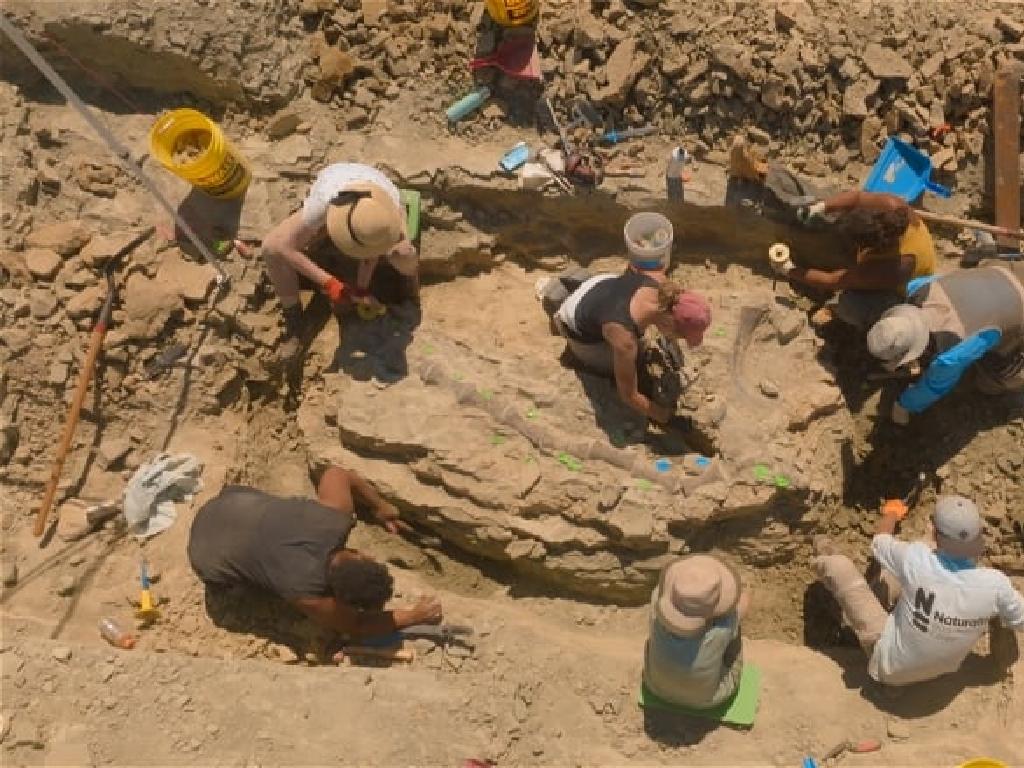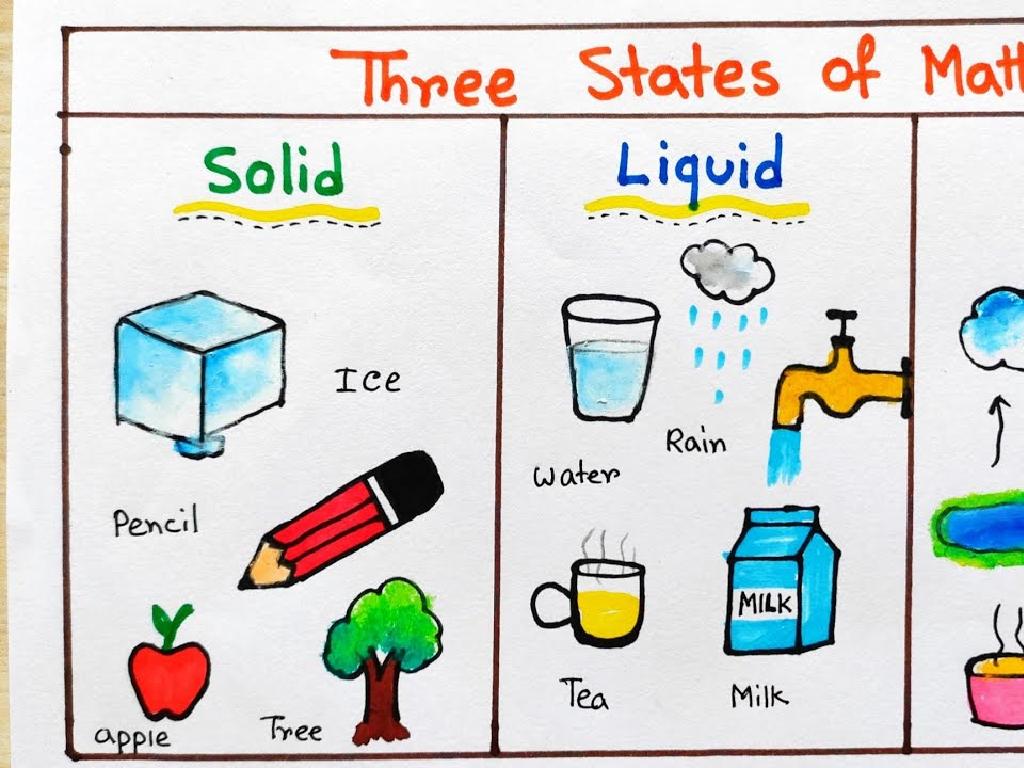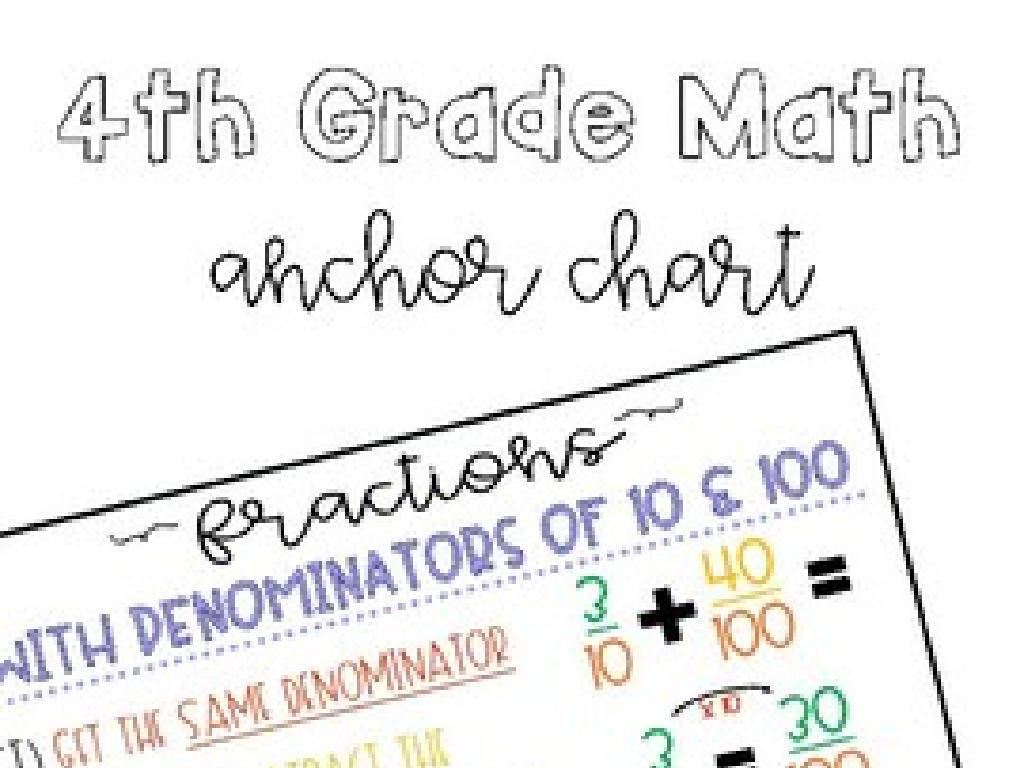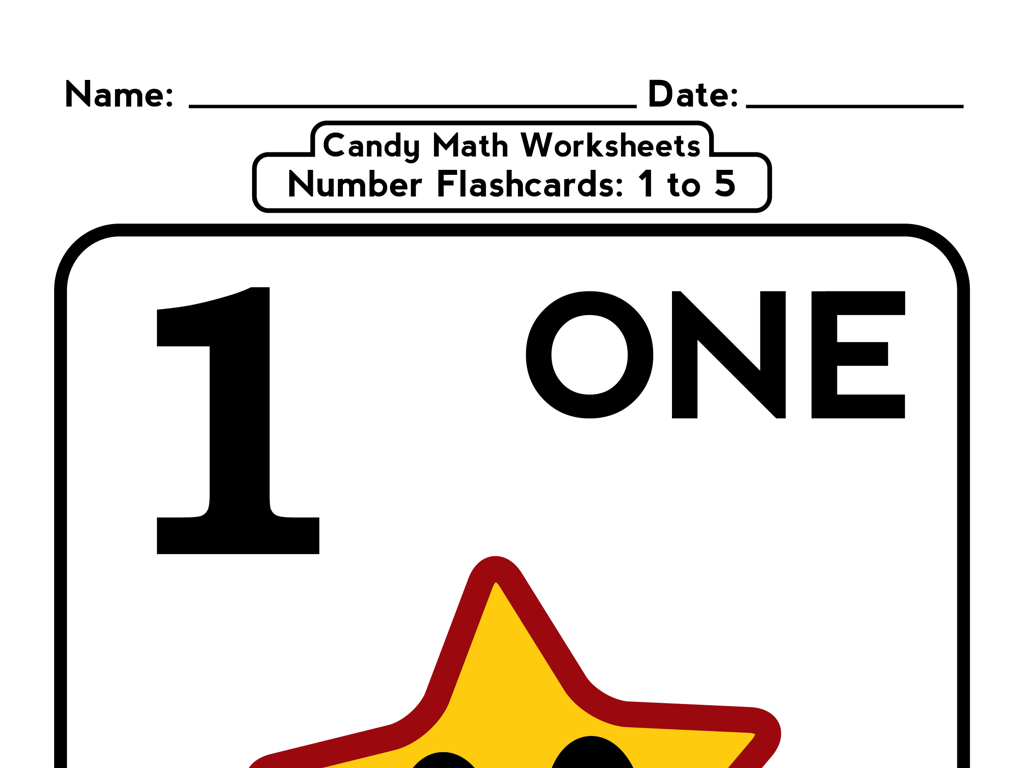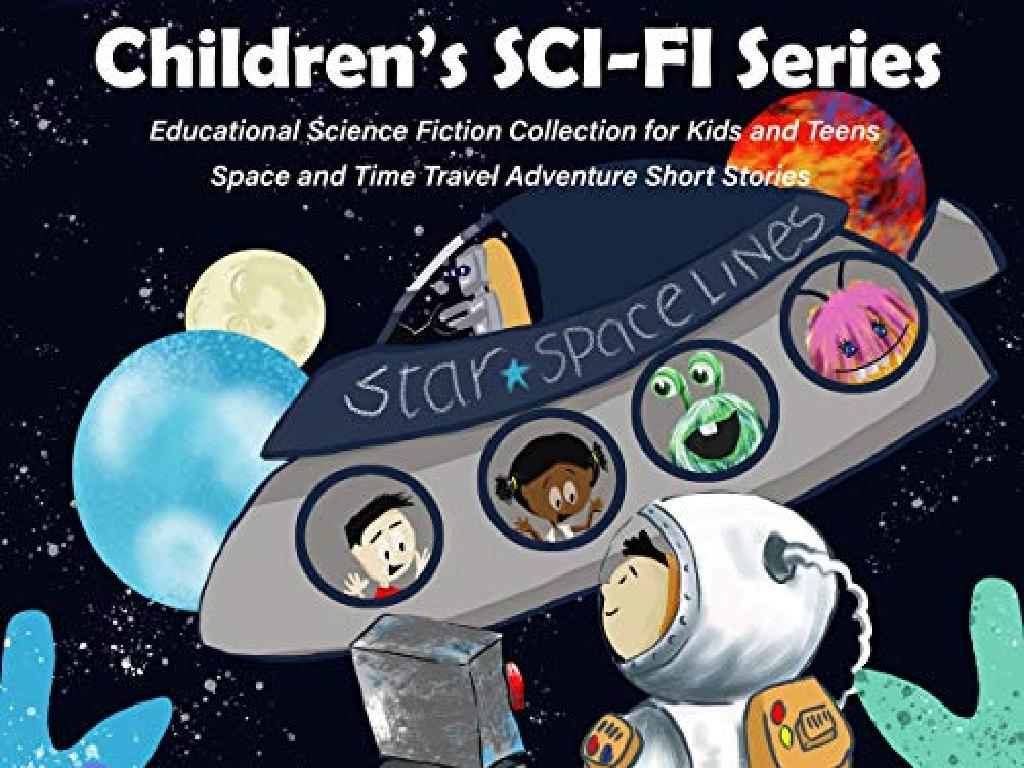Spheres
Subject: Math
Grade: Kindergarten
Topic: Three-Dimensional Shapes
Please LOG IN to download the presentation. Access is available to registered users only.
View More Content
Welcome to 3D Shapes: The Sphere
– Good morning, Kindergarteners!
– Today’s shape: the sphere
– A sphere is like a round ball
– Spheres are all around us
– Examples: basketball, globe
– What shapes do you know?
– Maybe a square, circle, or triangle?
|
This slide is designed to introduce Kindergarten students to the concept of three-dimensional shapes, focusing on the sphere. Start with a warm greeting to make the children feel comfortable. Explain that a sphere is a special kind of shape, similar to a ball, and it’s one that they can see and touch in their everyday lives. Use relatable examples like a basketball or a globe to help them visualize a sphere. Encourage the children to think about and share other shapes they already know, which will help them differentiate between 2D and 3D shapes. This interactive approach will engage the students and set the stage for a fun and educational lesson on spheres.
Exploring Spheres
– A sphere is a round shape
– It looks the same all around
– Spheres are like balls
– Think of your favorite ball to play with!
– Examples: basketball, globe
– Bubbles are also spheres!
|
Introduce the concept of a sphere by comparing it to familiar objects such as balls that children play with. Emphasize that a sphere is perfectly round and looks the same from every direction. Show them a basketball and a globe as examples of spheres and explain that even soap bubbles are tiny spheres. Encourage the children to think of other examples of spheres they may encounter in their daily lives. This will help them recognize this three-dimensional shape in various contexts and understand its properties.
Learning About Spheres
– Spheres are round like a ball
– Think of a basketball or a globe
– They have no edges or corners
– All surface points are equally distant
– Imagine the center of a beach ball
– Spheres are 3D shapes
– Spheres are not flat like a circle
|
This slide introduces kindergarteners to the concept of spheres within the category of three-dimensional shapes. Start by explaining that spheres are round objects that look like balls children play with. Emphasize that unlike cubes or boxes, spheres do not have edges or corners. Use a globe or a beach ball to demonstrate that every point on the surface is equally far from the center, which is why it looks the same from all angles. Clarify that spheres are three-dimensional, which means they are not flat like a circle and can be held. During the presentation, have various spherical objects for children to touch and see, such as balls, balloons, or oranges, to reinforce the concept.
Spheres Around Us
– Everyday spheres we see
– Sphere-shaped items in class
– Look around! Do you see a ball or globe?
– Spheres in the kitchen
– Oranges, apples, and tomatoes are sphere-shaped
– Spheres at the playground
– Balls are spheres we play with
|
This slide is designed to help Kindergarten students recognize and identify spheres in their everyday environment. Start by discussing common spheres that they might encounter, such as balls, balloons, or even the Earth itself. Encourage the students to look around the classroom for any objects that are shaped like a sphere. Extend the discussion to spheres found in the kitchen, like fruits and certain vegetables, and those found at the playground, such as basketballs or soccer balls. The goal is to make them aware of the three-dimensional shape and where it appears in their daily lives. Engage the students by asking them to bring or draw pictures of spherical objects they find at home or in their neighborhood.
Let’s Compare!: Sphere vs. Cube
– Sphere vs. Cube: Different shapes
– Cube has 6 faces; sphere has 1 surface
– A cube is like a box with 6 flat sides, but a sphere is smooth and round all over.
– Cube sits still; sphere rolls
– Put a cube and a sphere on a slope to see which one starts to move.
|
This slide is designed to help Kindergarten students understand the basic differences between a sphere and a cube, which are both three-dimensional shapes. Emphasize the concept of faces versus surfaces and the idea of movement versus stillness. Use tangible examples like a ball (sphere) and a box (cube) to illustrate these differences. Encourage the students to touch and interact with these objects to see how a sphere rolls and a cube stays put. This tactile experience will help solidify their understanding of the unique properties of these shapes.
Fun with Spheres!
– Play a game with a sphere ball
– We’ll gently roll the ball to friends
– Say ‘sphere’ when you catch it
– This helps us remember the shape’s name
– Spheres roll in all directions
– Unlike cubes, spheres don’t have edges or corners
|
This slide introduces a fun and interactive game to help Kindergarten students recognize and remember the shape of a sphere. The activity involves rolling a ball, which is a sphere, to each other and saying the word ‘sphere’ upon catching it. This reinforces the name of the shape through repetition and physical activity. Highlight to the students that spheres are unique because they can roll smoothly in any direction, unlike other shapes that may have flat sides or edges. Encourage the children to observe how the ball moves and discuss the absence of corners or edges that allows such movement. This activity not only teaches the concept of spheres but also promotes motor skills and cooperative play.
Class Activity: Sphere Hunt
– Let’s hunt for spheres!
– Find sphere-shaped items
– Look for round objects like balls or oranges
– Bring your finds to our circle
– We’ll discuss our spheres together
– We’ll talk about the size and use of each sphere
|
This activity is designed to help students recognize and understand spheres as a three-dimensional shape in a fun and interactive way. Encourage the children to explore the classroom and look for objects that are perfectly round in every direction, like a ball. They can also find items that are not perfect but resemble spheres, such as an orange. Once they gather the items, bring them to the circle where each child will have a chance to share what they found. Discuss the characteristics of a sphere with the class, such as having no edges or corners and being round. This will help them to better identify spheres in the real world. Possible variations of the activity could include a timed hunt, categorizing the spheres by size, or even a drawing session where they illustrate the items they found.
Craft Time: Create Your Own Sphere
– Let’s make spheres with paper mache!
– Use balloons as a base
– Balloons are round like spheres
– Cover balloons with paper strips
– Dip strips in glue, wrap around the balloon
– Paint our spheres after drying
– Choose your favorite colors to paint
|
This slide introduces a hands-on activity for Kindergarten students to understand spheres by creating them with paper mache. Start by inflating the balloons, which will serve as a spherical base. Demonstrate how to dip paper strips into glue and smoothly cover the entire surface of the balloon. Explain that the shape they are making is a sphere, like a ball they play with. Once the paper mache dries, have a painting session where children can decorate their spheres with vibrant colors. This activity will help solidify the concept of spheres in a fun and interactive way. Prepare multiple balloons and ensure there are enough materials for each child. Consider possible allergies to latex balloons and have alternative materials ready. Provide a variety of paint colors and encourage creativity. The activity will not only teach about shapes but also develop fine motor skills and artistic expression.
Review and Goodbye!
– What we learned about spheres
– Spheres are round like balls and have no edges
– Spheres we find at home
– Balls, bubbles, and balloons are sphere shapes at home
– Praising the great work
– Excited for the next class
|
This slide is meant to recap what the students have learned about spheres and to encourage them to continue observing the world around them for examples of this three-dimensional shape. Ask the children to recall the main characteristics of spheres and to identify objects in their own homes that are spherical. Praise their efforts and participation to boost their confidence. End the lesson on a positive note, expressing enthusiasm for the next class to keep them excited about learning.

